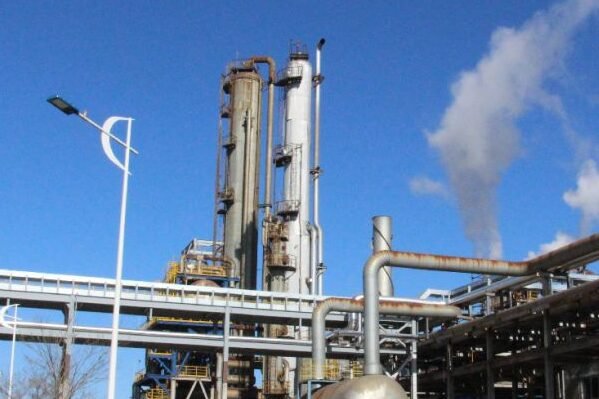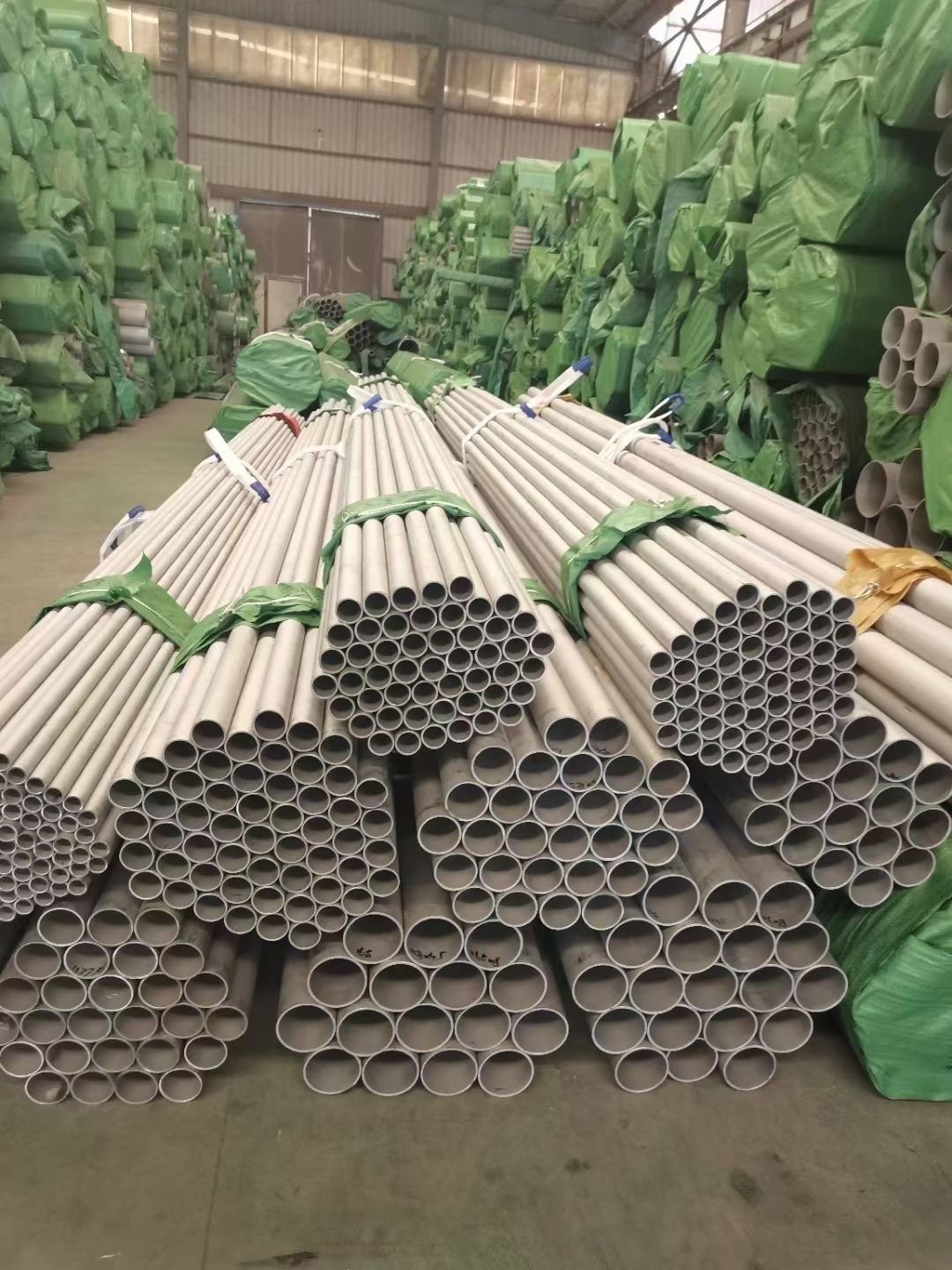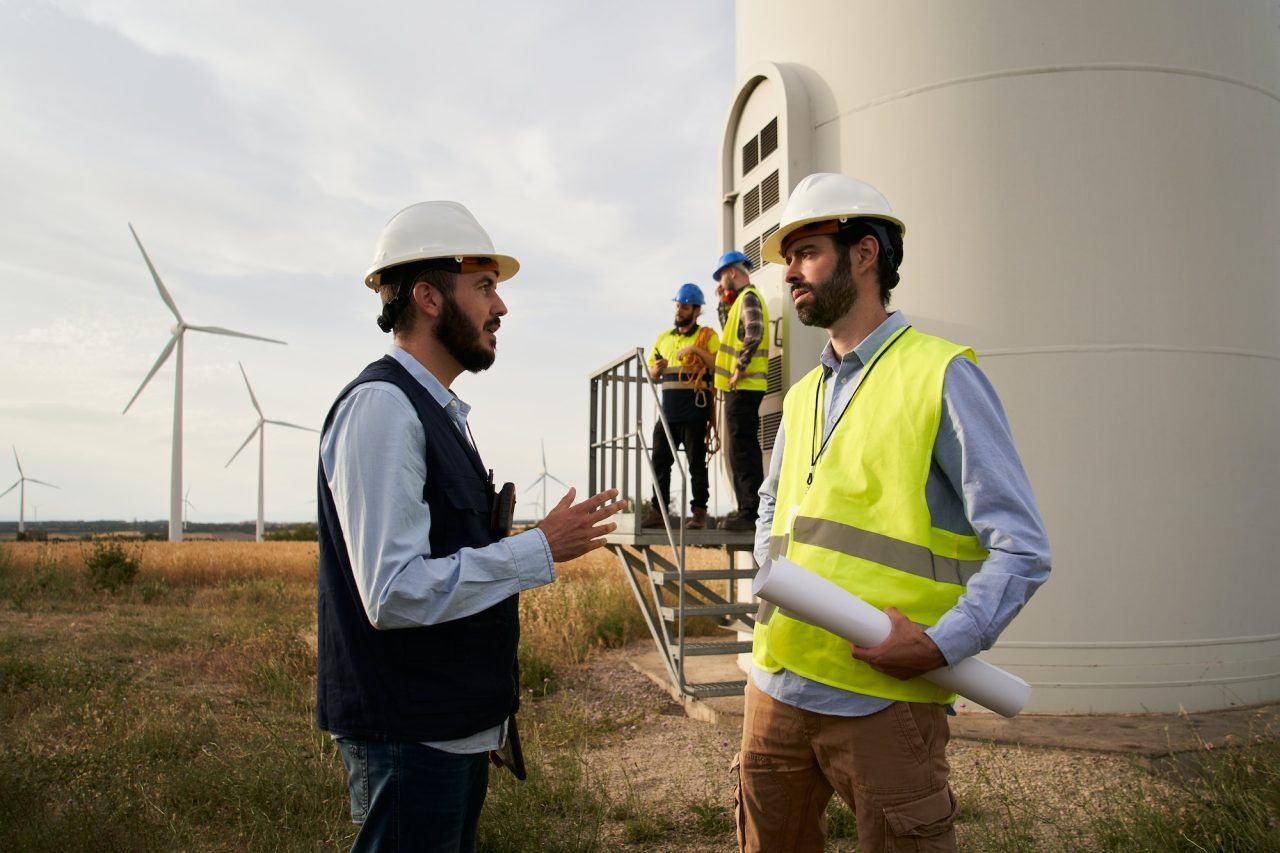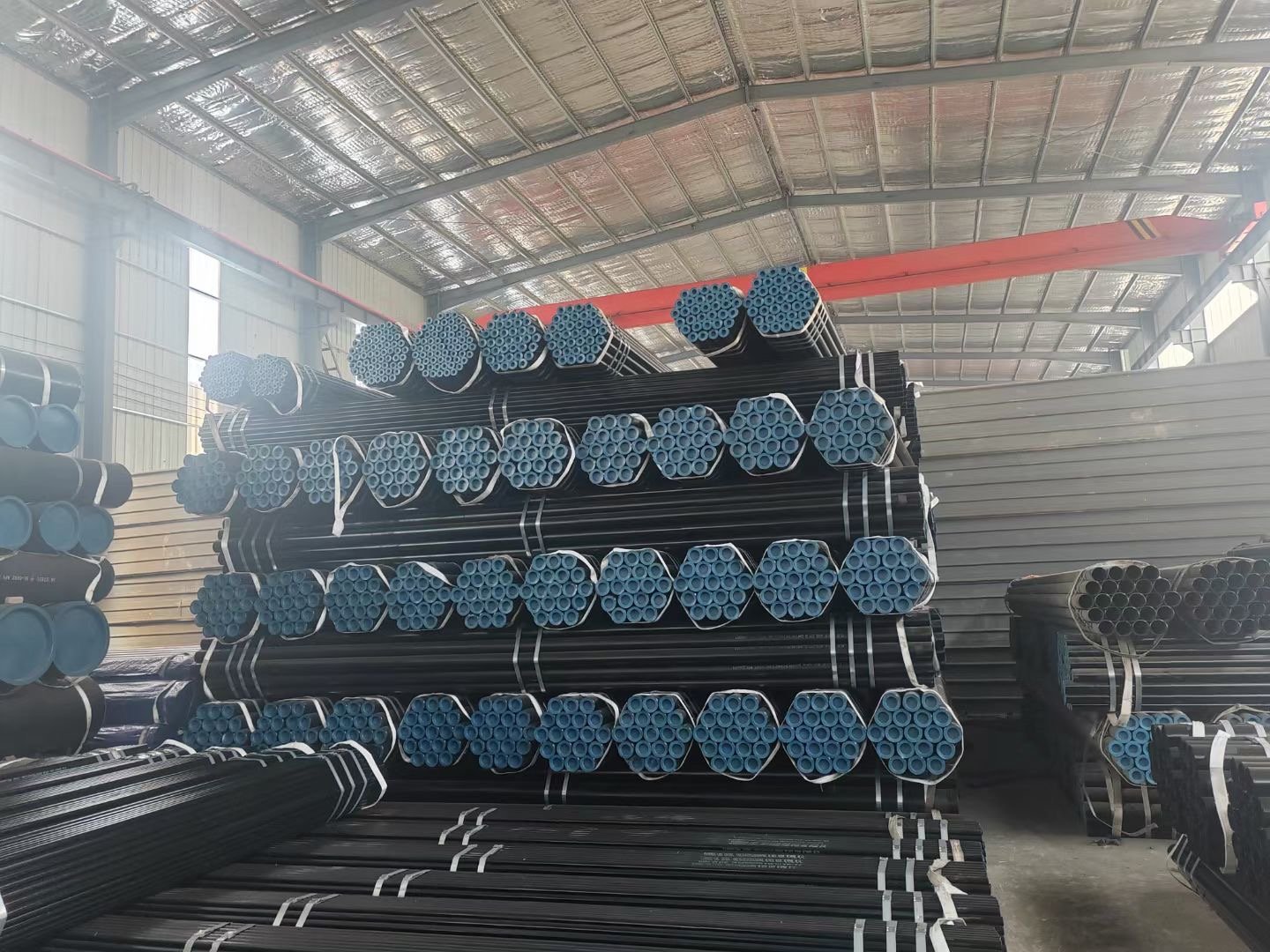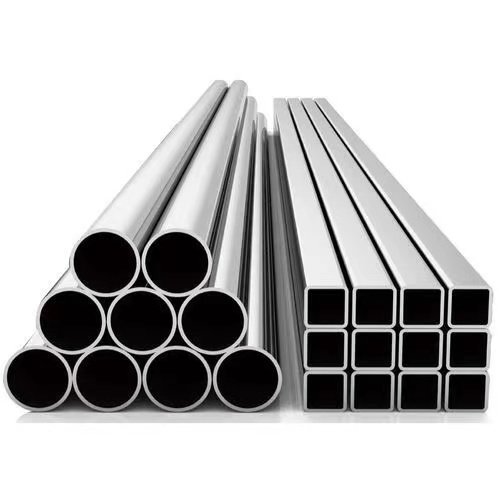Carbon steel pipes are stronger and more affordable but prone to corrosion, making them suitable for structural and non-corrosive applications. Stainless steel pipes, with their chromium content, offer excellent corrosion resistance but at a higher cost, ideal for corrosive environments.
This knowledge aids in guiding customers, such as manufacturers and distributors, in selecting the appropriate material for their needs.
Composition
- Carbon Steel:
- Primarily an alloy of iron and carbon, with a carbon content up to 2.1% by weight.
- May contain small amounts of other elements like manganese.
- Stainless Steel:
- Contains a significant amount of chromium (at least 10.5%) which gives it corrosion resistance.
- Often includes other elements like nickel, molybdenum, and manganese.
Corrosion Resistance
- Carbon Steel:
- More prone to corrosion, which can be mitigated through painting or coating.
- Susceptible to rust when exposed to moisture and oxygen.
- Stainless Steel:
- Superior corrosion resistance due to the presence of chromium which forms a passive layer of chromium oxide.
- Ideal for environments that are acidic, chloride, or saline-prone.
Strength and Ductility
- Carbon Steel:
- Generally stronger and harder due to higher carbon content, but less ductile.
- The strength can vary depending on the carbon content; higher carbon means higher strength but lower ductility.
- Stainless Steel:
- Balances strength and ductility better, especially in austenitic forms.
- Can be hardened and strengthened through cold working.
Cost
- Carbon Steel:
- Generally more cost-effective than stainless steel.
- Preferred for budget-sensitive applications where corrosion resistance is not a primary concern.
- Stainless Steel:
- More expensive due to the alloying elements like chromium and nickel.
- Justified by its longevity and minimal maintenance in corrosive environments.
Applications
- Carbon Steel:
- Common in construction, pipelines, and machinery where high strength is required.
- Not suitable for highly corrosive environments.
- Stainless Steel:
- Used in environments that require corrosion resistance: chemical plants, food processing industries, and coastal applications.
- Also preferred for its aesthetic appearance in architectural applications.

